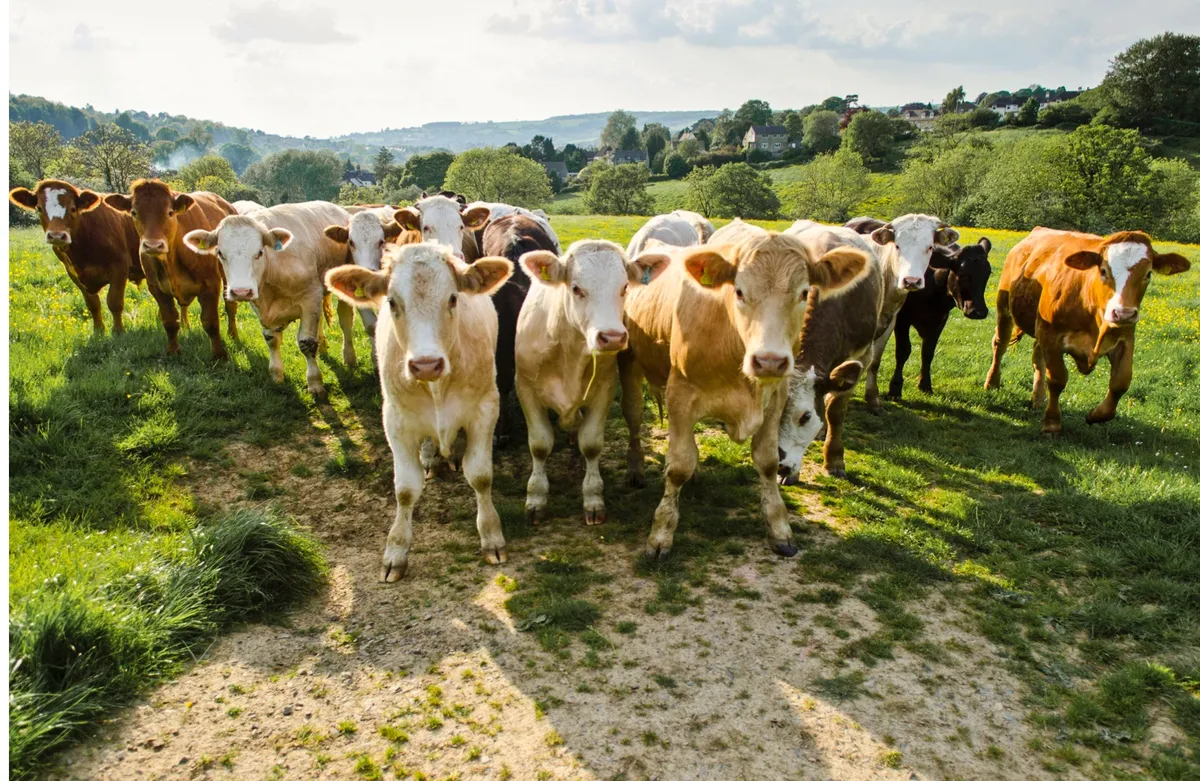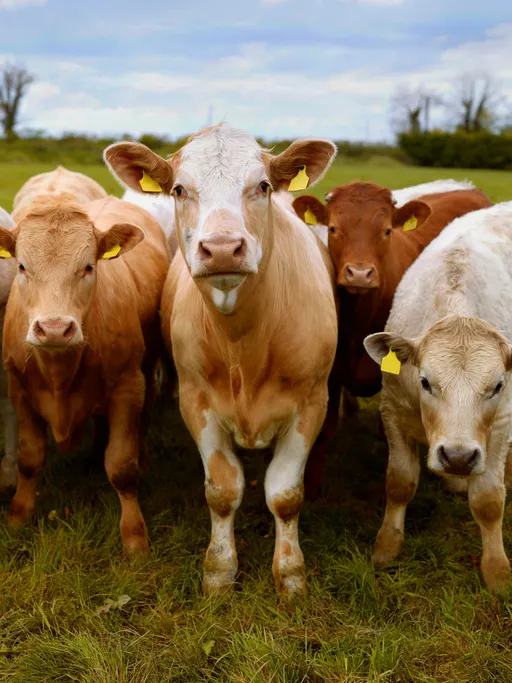Grazing cows are an ubiquitous sight in the British countryside, and many a public footpath snakes through fields full of cattle, usually so used to humans that they barely give walkers a second glance.
But reports of these traditionally docile animals injuring and even killing people has worried visitors to rural areas. Are livestock in public places more of a danger than we think?
Here we investigate how dangerous cows are to walkers and simple guidelines to follow to keep yourself safe.

Tragically, over the years, cattle-related fatalities have given weight to this argument.
Figures published in the Health and Safety Executive's report 'Fatal injuries in agriculture, forestry and fishing in Great Britain 2022/23' show 27 people were killed as a result of farming and other agriculture-related activities during the year – eight of these were cattle-related deaths.
In 2014, Peter Jakeman, 62, from Callington, was trampled to death by a herd of stampeding cows while walking his dogs through a field in Derbyshire. He was airlifted to the University Hospital of North Staffordshire, but had sustained fatal injuries.
In 2009, Liz Crowsley, 49, from Warrington, was walking the Pennine Way in the Yorkshire Dales, when she too was trampled to death as she walked her two dogs. Police believed that the cows had become aggressive after feeling threatened by Ms Crowley’s spaniel and collie.
Why do these incidents happen?
Notably, dogs were involved in the tragic unfolding of both of these cases and have been an influential factor in other cases as well. The Ramblers Association point out that "cows see dogs as a much greater threat than humans".
Cattle will instinctively become aggressive towards a chasing dog when protecting calves, often following the dog as it returns back to its owner. Sharon Woods of The Ramblers Association explains that “spring and early summer are when cows feel most vulnerable to interlopers, but they can be spooked into reacting at any time of the year".

The way we behave around cattle can also be a factor. A herd’s curiosity towards someone walking through their field can be mistaken for animosity, and a walker’s impulsive actions can increase any perceived threat. Therefore, walkers are advised to remain calm and refrain from making any startling or quick movements when they come across cows.
Some farmers are also taking extreme measures to avoid any problems on their land. Alan Brunt, the owner of a picturesque meadow in Frome, Somerset, sparked public outrage recently after he erected a 6ft-high, 300ft-long spiked steel fence around a public walkway through his land in order to stop dog walkers from straying into his fields.
Defending resolutely his decision to implement this new unsightly structure, Brunt said “I did it so that it is safe for both parties, people can walk through safely, dogs can walk through next to the cattle safely. I’ve seen lots of instances where cattle have chased dogs”.
However, despite increased media coverage and isolated incidences, statistics provided by the Health and Safety Executive show that cow-related deaths are not common, with only 17 occurring between 2001-2011. The best bet for walkers? Get out and enjoy the countryside, but take steps to protect yourself and stay safe around cattle.
How to stay safe walking through a field of cows
1. Keep dogs on a lead
If you’re with a dog you should keep it on its lead, particularly during calving season. By law farmers are entitled to destroy any dog that injures or worries their animal.
2. Stay well clear of calves
Don't go near claves, and resist temptation to pet them.
3. But, if you feel threatened – let your dog off the lead
If you feel threatened by a herd when you are with a dog, let go of its lead so you and it can get to safety separately.
4. Move calmly
Move in a careful, calm way, if you sense a threat, keep moving with your body facing the cow; don’t turn your back to the animal or run.
5. Inform the landowner or authority of any incidents
Tell the landowner and highway authority about any attacks or frightening incidents and contact the Health & Safety Executive and Police if it’s of a serious nature.
More about cows